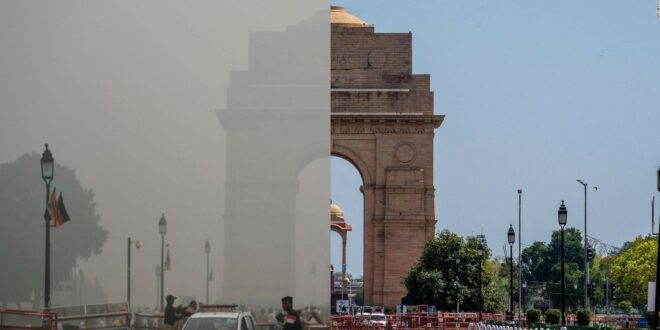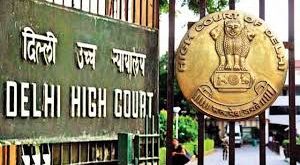New Delhi. All government-aided schools (Delhi schools ) and private schools in the national capital will begin ‘offline’ classes from November 20 as restrictions in the fourth phase of the Graded Response Action Plan (GRAP) have been lifted. This information was given in an official circular on Saturday. The decision was taken in view of the improvement in the air quality index (AQI) and the India Meteorological Department (IMD) giving no indication of any rapid deterioration of the AQI in Delhi in the near future, a circular from the Directorate of Education said. Went.
According to the circular, classes for all students from pre-school to class 12 will resume from November 20. The Centre’s GRAP classification relating to control of pollution in Delhi-NCR (National Capital Region) in four stages includes Stage I – Poor (AQI 201-300), Stage II – Very Poor (AQI 301-400), Stage III – Severe ( AQI 401-450) and stage IV – very severe (AQI more than 450).
In view of AQI, holiday was declared till November 18
The circular said that ‘outdoor’ (outside the classrooms) activities and morning prayer meetings will remain suspended for the next one week. It said, “This is in continuation of the order issued on 18 November 2023, under which winter vacation was declared from 9 November 2023 to 18 November 2023 due to the air quality in Delhi being in the severe category at that time.”
Bad air in Delhi is adversely affecting the health of children.
The Directorate of Education has asked schools to inform the parents of children about the resumption of classes. Schools are closed in Delhi and winter vacation was declared on November 8 amid increasing pollution and health concerns in the city.
Air becomes poisonous in Delhi due to stubble burning
The early warning system for Delhi has predicted the air quality to be ‘very poor’ from November 18 to November 20. According to the Indian Institute of Tropical Meteorology, the contribution of stubble burning to PM 2.5 levels on Friday was estimated to be around 3.45 per cent, which is a slight decrease from 5.85 per cent the previous day. The highest impact of stubble burning this season was recorded on November 3 at 35.43 percent. A real-time source apportionment study by IIT Kanpur on Friday revealed vehicles as the major contributor to PM 2.5 levels, accounting for 44 per cent of pollution.
 Indian Thought Latest News & Views
Indian Thought Latest News & Views



